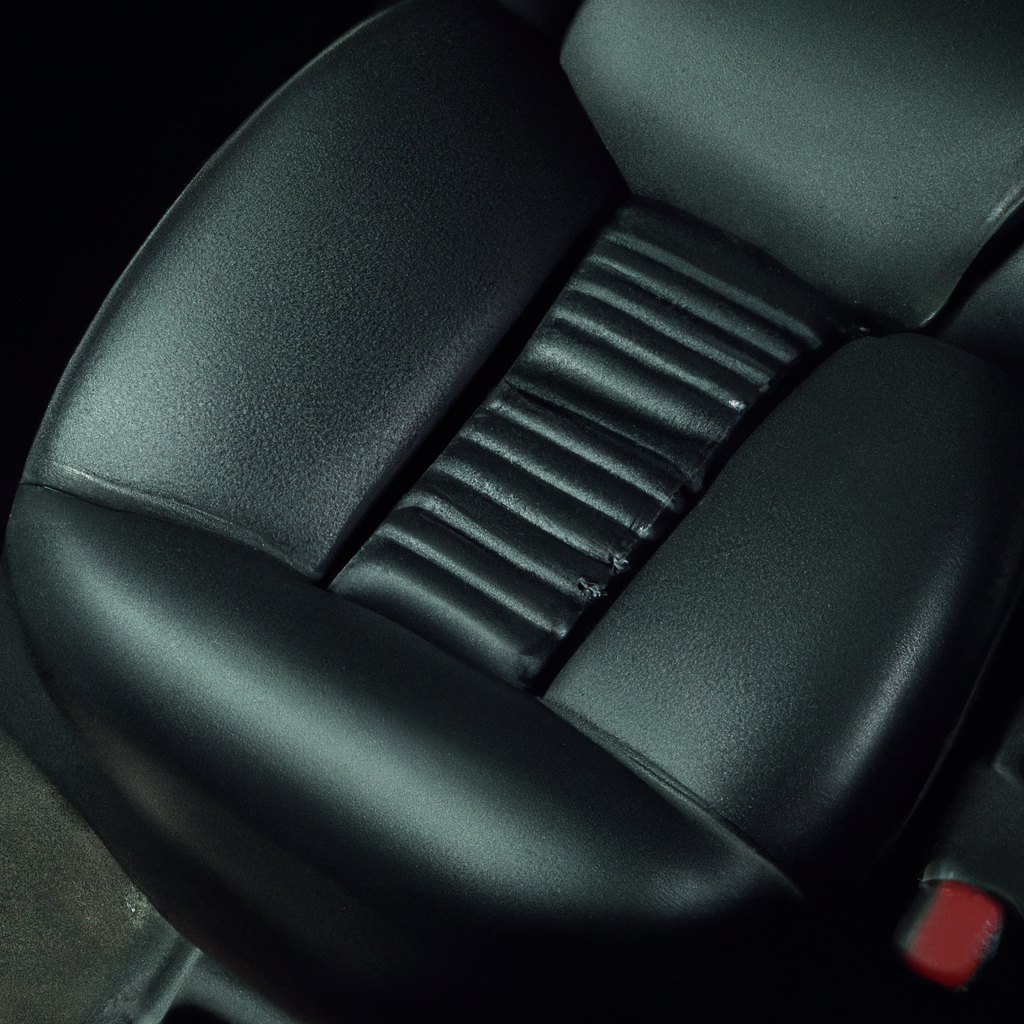Car Power Seat: How Does it Work?
Car power seats are a standard feature found in most modern cars. They provide a comfortable and personalized seating position for drivers and passengers alike. Power seats offer various adjustments, including height, tilt, and lumbar support, which can be customized to meet individual needs. In this article, we will explore the power seat mechanism, power seat motor, car seat adjustment, power seat control, power seat wiring, and how they work together to create the perfect seating position.
Power Seat Mechanism
The power seat mechanism is the backbone of the power seat system. A power seat mechanism comprises a series of motors, gears, and other mechanical components that work together to adjust the seat’s position. The power seat mechanism is typically located beneath the seat and is powered by an electrical motor. It receives signals from the power seat controls to move the seat in the desired direction.
Power Seat Motor
The power seat motor is the primary component of the power seat mechanism. The motor receives electrical signals from the power seat control and converts them into mechanical movement. The motor’s speed and direction can be controlled by the power seat control, allowing for precise adjustments to the seat’s position. The power seat motor is usually an electric motor and can be powered by the car’s battery.
Car Seat Adjustment
Car seat adjustment refers to the various adjustments that can be made to the seat’s position. These adjustments include height, tilt, and lumbar support. The height adjustment allows the seat to be raised or lowered, allowing the driver or passenger to achieve the optimal seating position. The tilt adjustment allows the seat to be tilted forward or backward, providing additional comfort and support. The lumbar support adjustment allows for additional support for the lower back, reducing fatigue and discomfort during long drives.
Power Seat Control
The power seat control is the interface between the driver or passenger and the power seat mechanism. The power seat control typically consists of a series of buttons or switches that allow the user to adjust the seat’s position. The power seat control is usually located on the side of the seat or on the door panel. The power seat control sends electrical signals to the power seat motor, which moves the seat in the desired direction.
Power Seat Wiring
Power seat wiring is the electrical wiring that connects the power seat controls to the power seat motor. The power seat wiring typically consists of several wires that carry electrical signals between the power seat control and the power seat motor. The power seat wiring is usually located beneath the seat and is protected by a plastic cover. The power seat wiring is an essential component of the power seat system and must be properly installed and maintained.
Conclusion
In conclusion, a car’s power seat is a remarkable feature that provides comfort and convenience to drivers and passengers alike. The power seat mechanism, power seat motor, car seat adjustment, power seat control, and power seat wiring work together to create the perfect seating position. The power seat mechanism comprises a series of motors and gears that adjust the seat’s position, while the power seat motor converts electrical signals into mechanical movement. The car seat adjustment allows for various adjustments, including height, tilt, and lumbar support. The power seat control is the interface between the driver or passenger and the power seat mechanism, while the power seat wiring connects the power seat controls to the power seat motor. Understanding how these components work together is essential for maintaining and repairing a car’s power seat.







